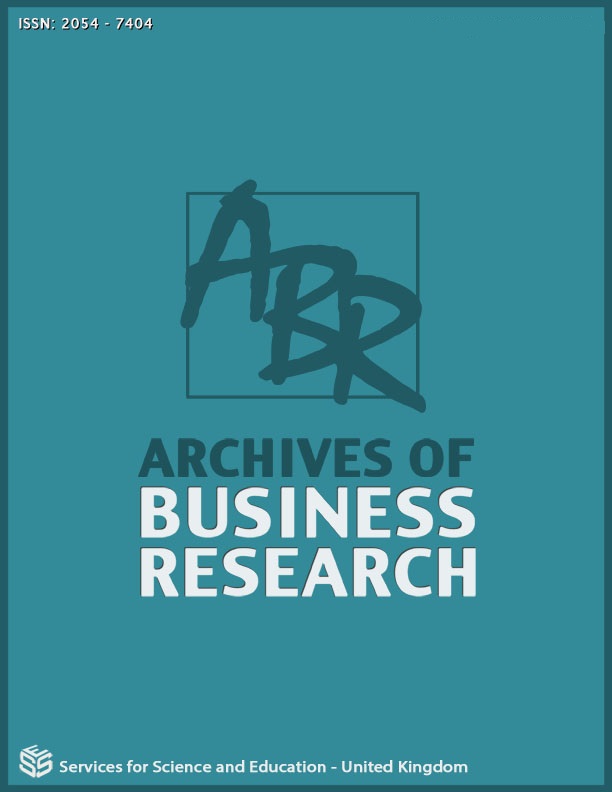World Bank Country Classification, An Incomplete Ranking?
DOI:
https://doi.org/10.14738/abr.116.14906Keywords:
World Bank, GNI, country classification, wealth, the 1-50% rule, poor countries, rich countriesAbstract
We may well have placed all our eggs in one basket by decreeing that everything on earth can be expressed in relationship to a single common denominator: wealth, or its exchange equivalent, money. Nearly everything we do is measured in wealth sufficiency and nearly every endeavour we fail to realize is expressed in its shortfall. It is not therefore surprising to see phenomena such as international indicators and the World Bank country classification to be built on the concept of wealth, considered the most influential factor in determining the quality of life in countries. While the declared objective of World Bank country classification is the fight against poverty, using gross national income per capita (pcGNI) as an indicator of change initiation, the present paper challenges the reliability of pcGNI and underlines its other limitations, particularly its silence as to the impact of wealth on the quality of life of individuals, and their need to fully live a decent life. the paper suggests the WBCC restatement to specifically integrate the so called 1-50% fact in the process, where 1% of the world population detains 50% (Crédit Suisse) of its total wealth and success condition for an efficient WBCC.
Downloads
Published
How to Cite
Issue
Section
License
Copyright (c) 2023 Ahmed Naciri

This work is licensed under a Creative Commons Attribution 4.0 International License.






